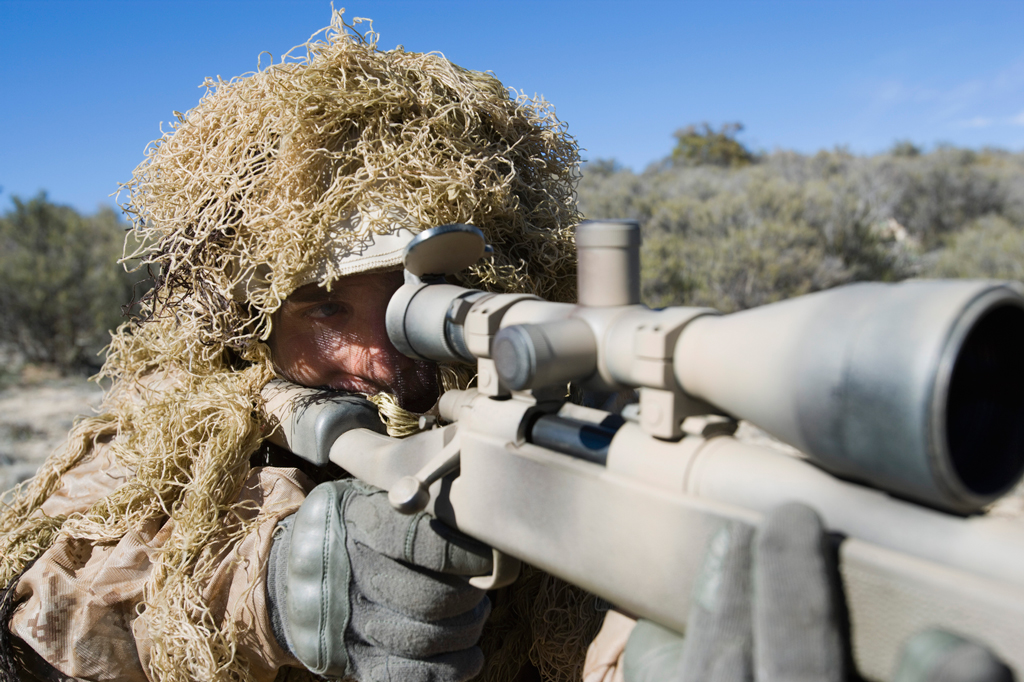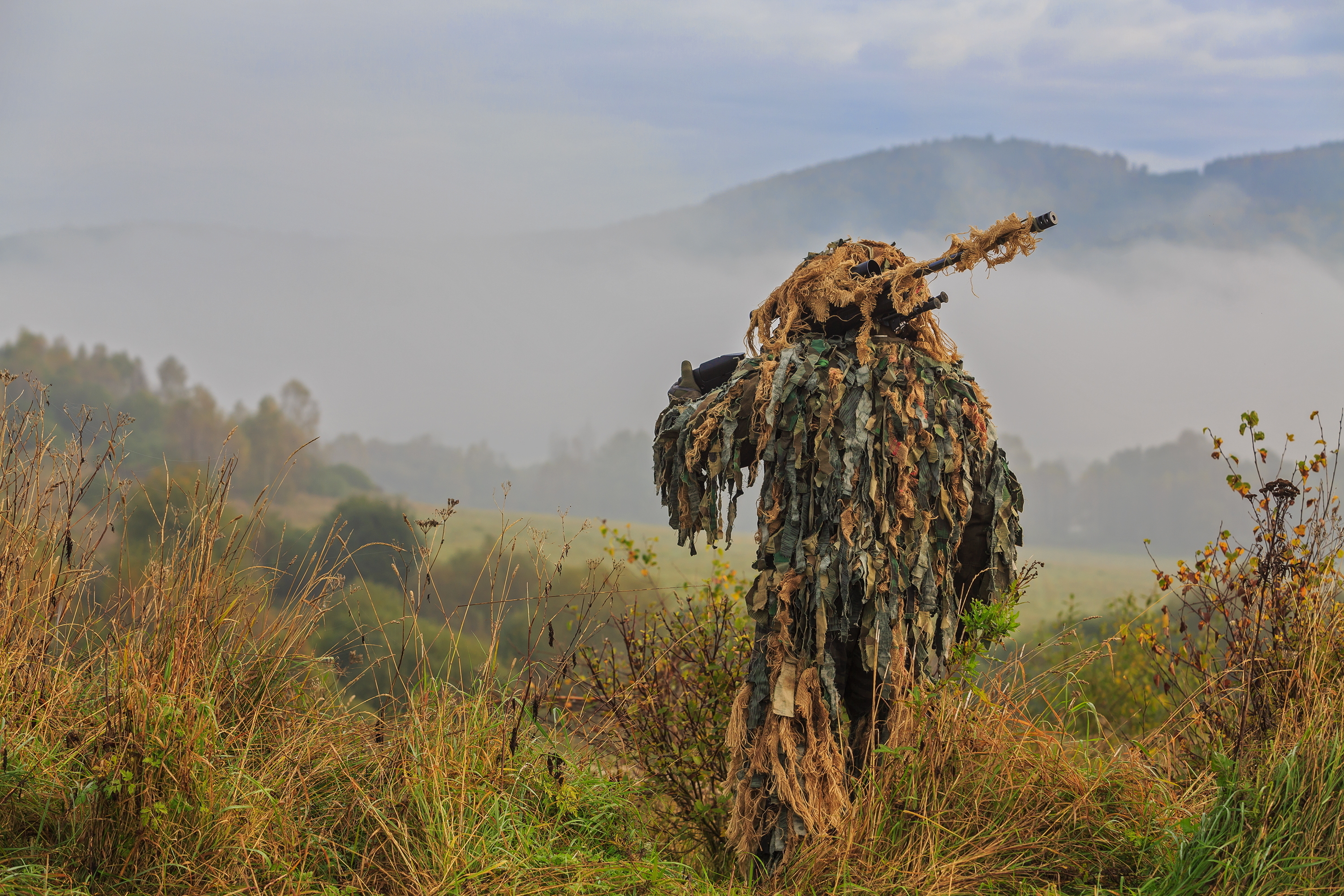
5 Famous Flags
A look back at the history of some of our Red, White and Blue banners.
I don’t know if you can be a patriot and not get choked up a bit when you see Old Glory flying in the breeze. My thoughts go first to the sacrifices of our military forces,
because without them, we could not protect and preserve our unique way of life from outside aggression.
The design of our flag represents I our republic. The 13 stripes remind us of our nation’s birth, with the brave rebellion of the original 13 colonies from Great Britain.
A star represents each state in the blue field of the union that collectively make up the United States of America. I ask you to ponder for a moment the significance of that.
The collective talent and treasure of the 50 states, working together in areas of common
interest for their collective good, within the governing framework of our Constitution, allowed the United States of America to become the most productive and powerful nation on Earth by 1918.

Here are a few our great nation’s most famous flags.

THE GADSDEN FLAG Before the familiar stars and stripes became official, our military forces went into battle under many unique flags. Perhaps the most famous of them is the one presented by Continental Colonel Christopher Gadsden to the fledging U.S. Navy’s commander-in-chief in December of 1775.
It was intended as a personal standard to be flown on the flagship. The coiled rattlesnake was by then a familiar element in the imagery of the American Revolution.
Benjamin Franklin suggested the rattlesnake had many qualities in common with the new
republic. Among them were lidless eyes that were always vigilant, and a peaceful nature
unless provoked. The Don’t Tread on Me slogan has resonated with Americans since the Revolution. It appears repeatedly in our political history, and most recently, it was used
symbolically by members of the TEA (Taxed Enough Already) Party.

Stars and Stripes/Betsy Ross Flag
The first official flag of the U.S. may or may not have been made by widowed Philadelphia upholster Betsy Ross. The legend emerged around 1876 during the nation’s centennial, and was based on family oral history rather than hard facts. Betsy Ross did make flags for the new nation, as did many other upholsterers, tailors and seamstresses. She is known to have changed the design of the stars from six points to the more practical, five-pointed stars which are much easier to sew.
Whether she and Colonel George Washington ever knew each other, much less collaborated on the first flag’s design has never been documented. Sometimes, history doesn’t let the facts get in the way of a good story, so to this day, many believe she designed and made the first American flag. One thing is certain, this flag is the one that represented the new nation starting in 1777, through the majority of the Revolutionary War, and afterward, until 1795, when Vermont and Kentucky joined the union, increasing the number of stars to 15. It should be noted that not all flags of this period had their stars in a circular field. It was but one of many styles.

Currently on display in the Smithsonian Institution’s National Museum of American History in Washington, D.C., this is the flag that flew over Fort McHenry during the Battle of Baltimore in the War of 1812. It inspired Francis Scott Key to write the poem that has since become our national anthem. This massive 30-inch by 42-inch garrison flag was made at the request of the fort commander, Major George Armistead, in preparation for the impending British attack on the city. Fort McHenry guarded the entrance to the harbor and stood in the way of the British.
Major Armistead’s intent was that the British fleet should see the huge flag from a great distance as a matter of American national pride rather than tactical advantage. On September 12, 1814, the British launched an attack with 5,000 troops supported by cannon fire from a fleet of 19 warships. By the evening of September 13, intent on forcing their way into Baltimore’s inner harbor, the British began a 25-hour bombardment of the fort, but could not neutralize it nor compel the surrender of the defenders. Unable to seize the harbor, the British broke off their attack and withdrew. The proportions of this flag seem a little peculiar, because, in addition to its 15 stars, it has 15 stripes. The extra stars and stripes represented Kentucky and Vermont’s entrance into the young republic.

During the Battle of Little Big Horn in the southeastern Montana Territory, on June 25, 1876, a 263-man force from the 7th Cavalry Regiment, led by Lt. Colonel George Armstrong Custer, attacked a group of Lakota Sioux, Northern Cheyenne, and Arapaho Indians. When Custer learned the Indians had discovered his force, he feared they would disperse and escape, so he ordered an immediate attack.
He grossly underestimated the size of the Indian force, which outnumbered him four to one. The Indians had many repeating rifles, while the cavalrymen had only the standard single-shot 1873 Springfield Carbine. The result was an epic defeat, resulting in the death of Custer and his entire force. Tattered, bloody and bullet riddled, this flag was discovered under the body of a fallen cavalryman by a burial detail three days after the battle. The flag is swallow tailed to reduce wind drag and make it easier for a mounted man to carry. It measures a compact 27½ inches by 33 inches. It sold at Sotheby’s auction in 2010 for $2.2 million to a private collector.

THE IWO JIMA FLAG
The second flag raised on the top of Mount Suribachi on the island of Iwo Jima by five U.S. Marines and one U.S. Navy corpsman on February 23, 1945, became the most famous American flag of World War II, when photographer Joe Rosenthal captured the image with his Speed Graphic camera. Before the 35-day battle to capture the island was over, half of the men in his image were dead.
The total American casualties were 6,821 dead and 19,217 wounded. Of the 22,060 Japanese defenders, 18,844 were killed. Only 219 were captured during the battle. An astonishing 3,000 of the enemy retreated into the island’s elaborate cave system to commit suicide or hide in fear from the U.S. forces, who they were led to believe were a barbaric enemy. The last holdouts didn’t surrender until 1949, four years after the war ended. This flag is on display at the USMC Museum in Virginia.
Story by Frank Jardim
Sign Up for News Letter
[yikes-mailchimp form=”1″]



